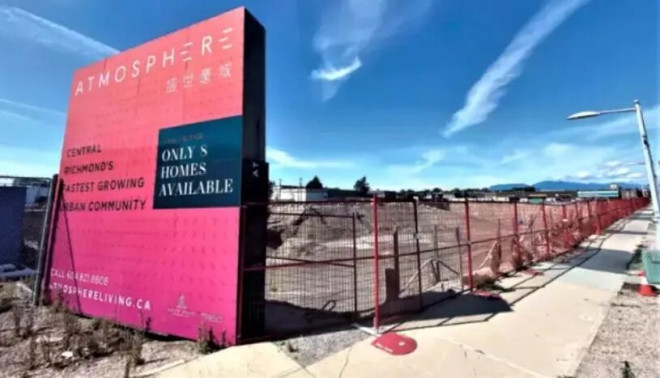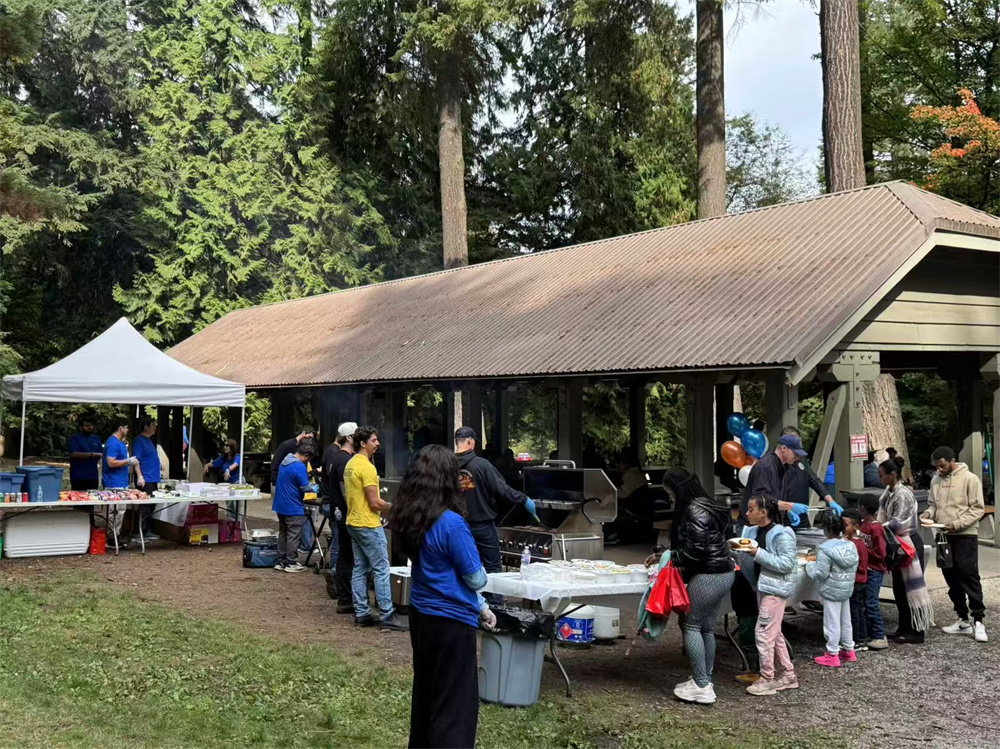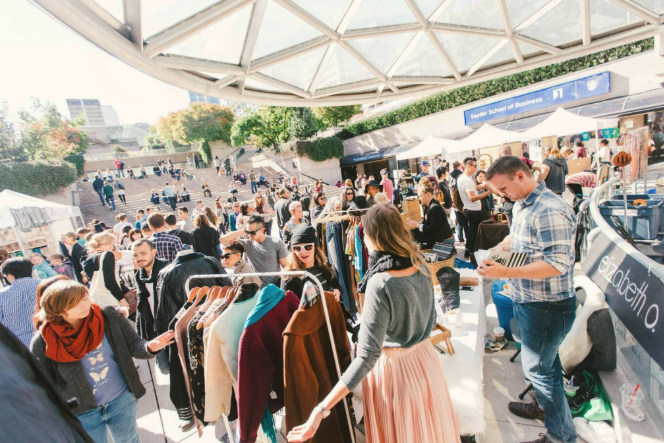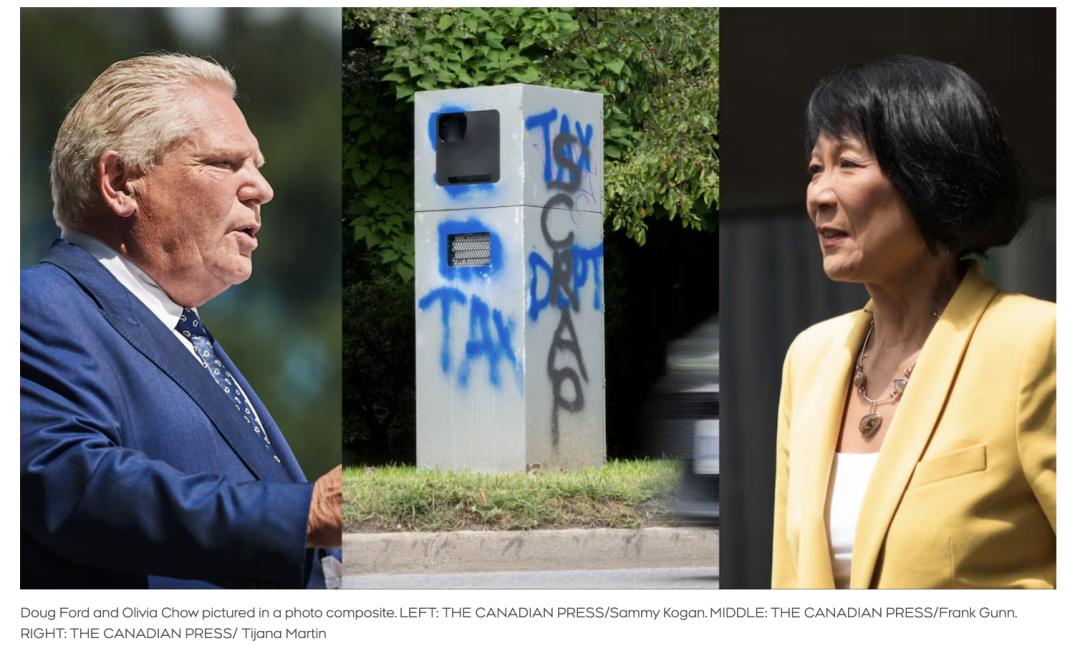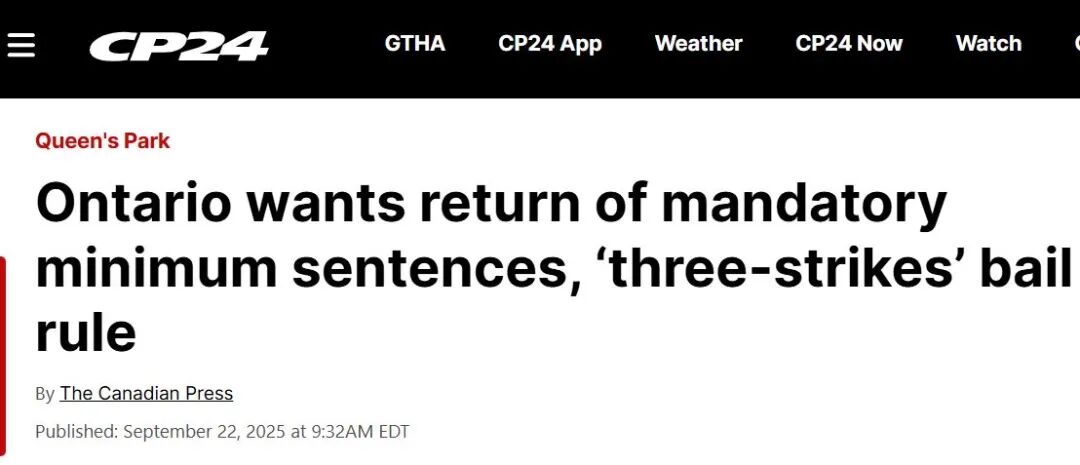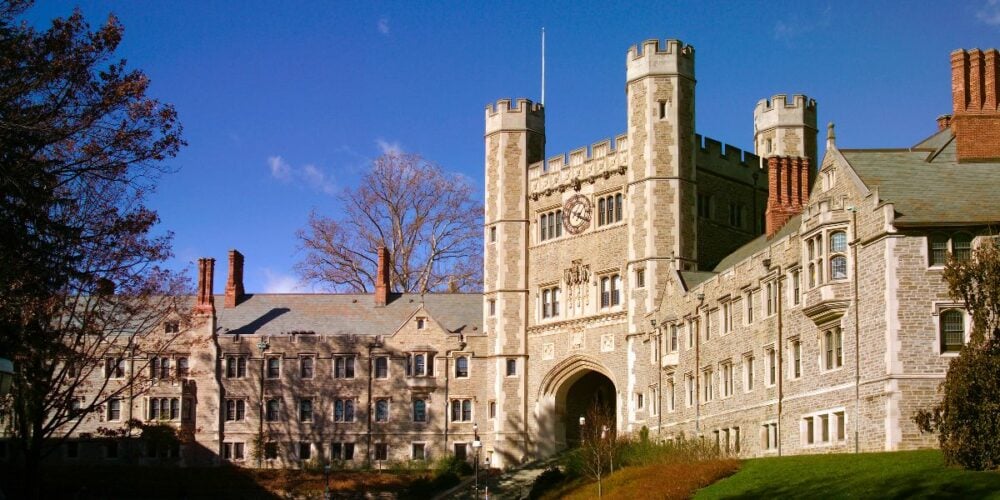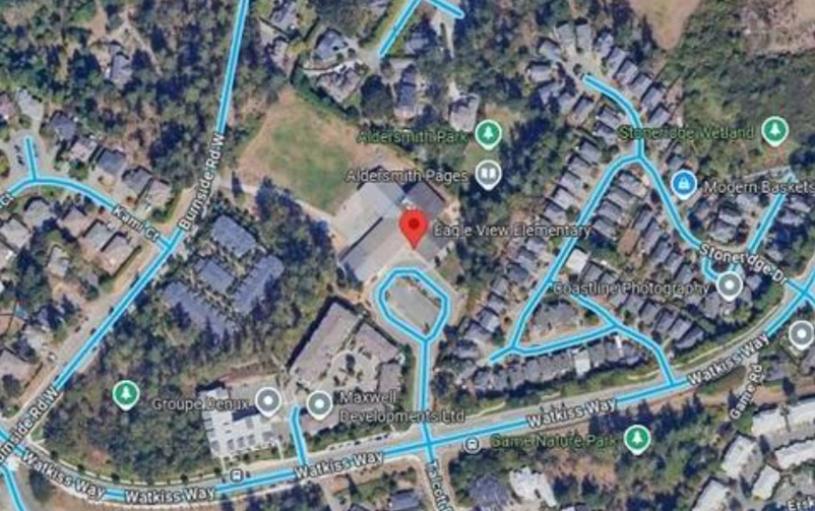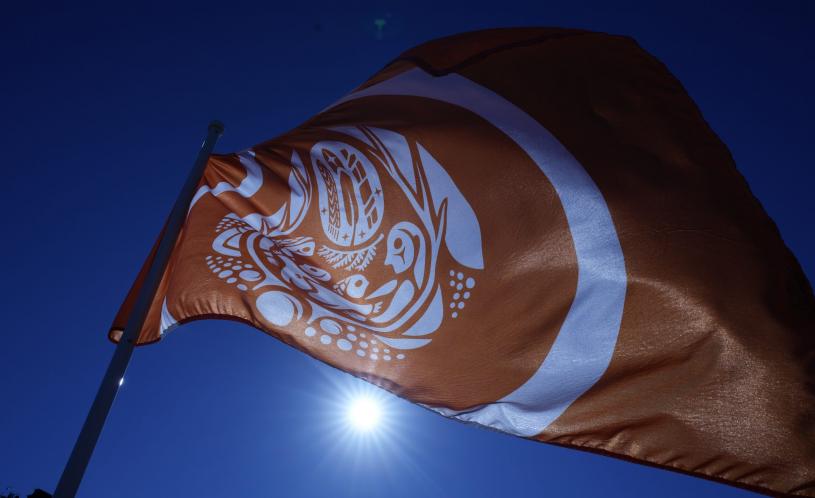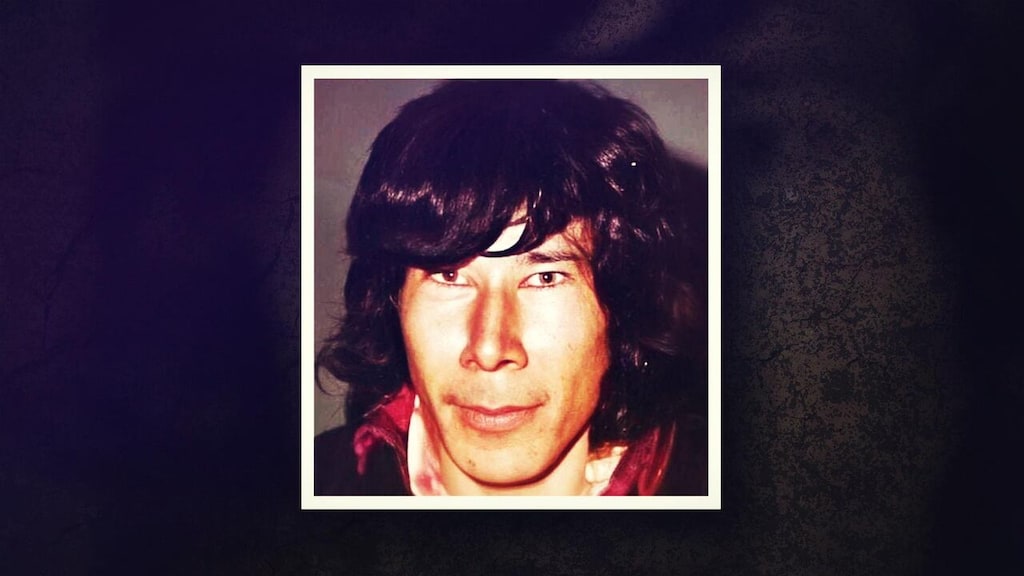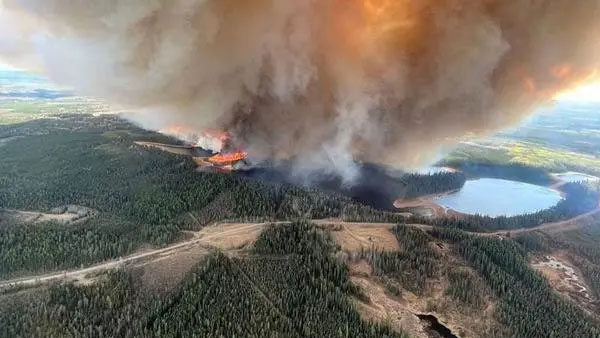
几十年来,加拿大一直以“世界上最适合居住的国家之一”而著称,加拿大的清新的空气、纯净的水源和优美的自然环境令人骄傲。可是,森林大火年代的到来正将这一切重新改写。
For decades, Canada basked in its reputation as one of the best places to live on earth. We took pride in our clean air, safe water, and natural beauty. But the age of wildfire is rewriting that story.
在过去十五年里,森林野火已经成为加拿大最具破坏性和代表性的自然灾害。2016年,号称“野兽”的麦克默里堡森林大火造成了99亿加元的损失,并迫使近10万人在一天之内大规模撤离。五年后,不列颠哥伦比亚省的利顿村在几分钟之内被大火吞没,而就在野火肆虐的一天前,该地区创下了加拿大有史以来最高气温,49.6摄氏度。2023年,西基隆拿经历了卑诗省史上损失最惨重的火灾季节;而在2024年,落基山脉的璀璨明珠,贾斯珀镇发生森林大火,使整个社区在熊熊烈焰中化为灰烬。
In the past fifteen years, wildfires have become Canada’s defining natural disaster. The 2016 Fort McMurray blaze—nicknamed The Beast—cost $9.9-billion and forced nearly 100,000 people to flee in a single day. Five years later, the village of Lytton was incinerated in minutes, just one day after setting Canada’s highest-ever recorded temperature. In 2023, West Kelowna endured B.C.’s most expensive fire season, while in 2024, Jasper, the crown jewel of the Rockies, saw entire neighbourhoods erased under a wall of flame.
森林大火在加拿大已不再是偶发的天灾,而是反复上演的自然常态。如今的野火燃烧得更炽烈、更迅猛,也更难以预测。加拿大人曾一度深信“红衫军”能及时出动,将受难者解救于水深火热之中;然而在气候变化的当下,即便再多的水上飞机,也无法阻挡这股肆虐的火海。
These disasters are not exceptions. They mark the new normal. Fires now burn hotter, faster, and less predictably than ever before. Canadians who once assumed they could rely on quick suppression—“the redshirts will save us”—are learning that in an age of climate change, no amount of water bombers can hold back the inferno.
然而,森林大火的阴影远不止于焚毁几个城镇和乡村,它还以肉眼难见却极具危害性的方式渗入土壤与地下含水层。几十年来,为了扑灭森林火灾,加拿大各地的机场、军事基地和灭火前线不断喷洒含有 PFAS 的灭火泡沫,这种被称为“永久化学物”的物质,与癌症、免疫系统疾病和生育障碍密切相关。如今,从阿尔伯塔到大西洋沿岸,再到安大略省北湾地区,许多社区饮用水都面临其浓度超标的威胁。受污染的水井和湖泊让无数家庭惶惶不安,不知家庭水龙头流出的水是否仍可安全饮用。
The shadow of wildfire extends far beyond scorched towns, seeping into soil and aquifers in ways less visible but just as corrosive. For decades, firefighting foams laced with PFAS — the so-called “forever chemicals” linked to cancers, immune disorders, and fertility problems — were sprayed not only across airports and military bases, but also along fire lines across Canada. Today, communities from Alberta to Atlantic Canada, including North Bay, Ontario, are grappling with unsafe concentrations of these chemicals in their water. Contaminated wells and lakes leave families uncertain whether the water flowing from their taps can ever truly be trusted.
即便是加拿大最大的城市多伦多,也难逃森林大火烟雾的侵袭。在我所居住的这座城市,本来洁净的空气也与我们反目。2023 年夏季,来自魁北克和安大略北部的烟雾笼罩城市,天边呈现出橘红色,使多伦多一度跻身全球空气质量最差的城市之列。两年后的 2025 年,这一幕再次重演。人们取消了散步,孩子们被迫待在室内,日常生活不断被“不要深呼吸”的警报打断。你不需要住在贾斯珀或利顿才能感受到森林大火的威胁;即便是多伦多和东部的居民,如今也不得不面对夏季常常被烟雾笼罩的现实。
Even Canada’s largest city is not spared from the choking smoke of wildfires. In Toronto, where I live, the air itself has turned against us. In the summer of 2023, smoke drifted from Quebec and northern Ontario, turning the skyline orange and briefly giving Toronto one of the worst air quality rankings in the world. Two years later, in 2025, it happened again. People cancelled walks, children were kept indoors, and ordinary routines were interrupted by alerts warning us not to breathe too deeply. You don’t need to live in Jasper or Lytton to feel wildfire’s grip; in Toronto and other big cities, summers are now often marked by smoke-filled skies.
森林野火的种种危害,已让全加拿大人为之痛心。麦克默里堡、利顿、西基隆拿和贾斯珀的幸存者们,饱尝突如其来的撤离之创伤、房屋保险不足的懊悔,以及重建家园的漫长艰辛。北湾居民则诉说着饮用水中无形毒素的威胁。而在多伦多的人们谈及夏季时,不仅想到花园聚会与节庆,更不得不记起那些被烟雾夺走的日子。
The cumulative effect is a national reckoning. Survivors of Fort McMurray, Lytton, West Kelowna, and Jasper speak of the trauma of sudden evacuation, the heartbreak of underinsurance, and the long struggle to rebuild. Residents of North Bay speak of invisible poisons in their water. Families in Toronto now measure summer not just in patios and festivals but in days stolen by smoke.
加拿大,根据许多衡量标准依然是一个令人向往的居住之地。但那句“世界上最适合居住的国家”如今已不得不带上附注:我们的空气并非总是清新的,我们的水源并非总是安全的,我们的自然景观也并非总是一成不变的。森林大火的阴影从东海岸延伸到西海岸,时时刻刻提醒我们:在气候变化的时代,森林大火已成为这个国家难以躲避的天灾之季。
Canada is still, by many measures, a remarkable place to live. But the boast of “best on earth” now comes with caveats. Our air is not always clean. Our water is not always safe. Our landscapes are not always secure. The shadow of fire reaches coast to coast, reminding us that climate change has made natural disasters our national season.
加拿大的森林大火一定会再度燃起,但关键是在于我们能否足够迅速地采取措施以维护我们一贯引以为傲的生活质量。这意味着要建设具备防火能力的社区,制定更严格的水质安全标准,扩大保险覆盖范围,并为幸存者的心理健康提供更多帮助。
The real question now is not whether Canada will burn—it will. The question is whether we can adapt quickly enough to preserve the quality of life we once took for granted. That means building fire-resilient communities, setting stricter standards for water safety, expanding insurance coverage, and investing in mental-health support for survivors.
加拿大的伟大一向源于其坚韧。如果我们仍想保持“最适合居住的国家”的声誉,就必须直面森林大火,不再把它视为一连串孤立的悲剧,而是将其视为这个时代的将长期存在的根本性的挑战。
Canada’s greatness has always rested on resilience. If we want to remain the best place to live, we must face wildfire not as a series of isolated tragedies but as the defining challenge of our time.






